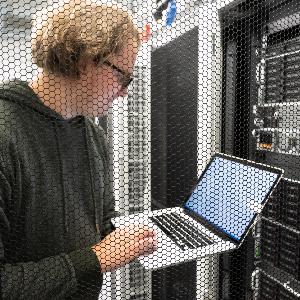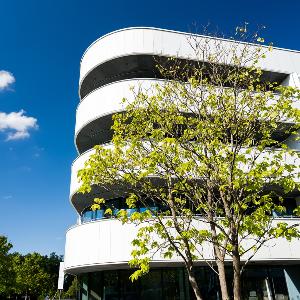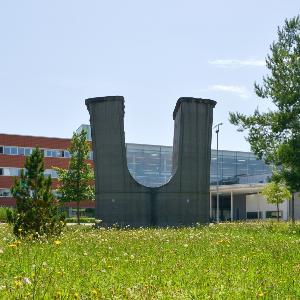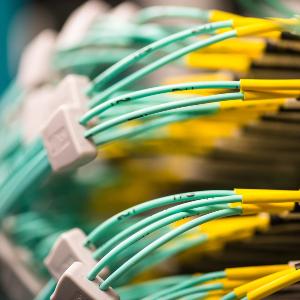For Users



Before you can book CALM microscopes you have to be trained on the respective instrument. The person listed below can help you with training and answering of technical questions.
As a CALM microscope user, you must report any technical issues you encounter before or during your session. The person named below can also help here.
If you need a booking account, please sign the terms of use and send it to as scan or printout.
Andreas Maiser - BioSysM microscopes or Alexandra Vilceanu - Biocenter microscopes)

© Carolin Bleese
Contact person for questions about genetically modified organisms
As a CALM microscope user, you must provide genetic engineering records (Gentechnische Aufzeichnungen) if the following two conditions are met:
If both conditions are met or you are not sure, please contact the person behind the respective microscope. Please note that handling organisms of security level S2 or higher and primary human material is strictly forbidden in all CALM rooms.

© Carolin Bleese
Contact person for briefing, technical questions and reporting of problems
Nikon Spinning Disk / Operetta / InViSPIM -
Hartmann Harz
Delta Vision Personal (OMX) / PDV -
Andreas Maiser
STED - Gabriela Stumberger
SP8 - Christophe Jung
LSM 710

© Carolin Bleese
Contact person for briefing, technical questions and reporting of problems:
SP5-2 & Stellaris - Alexandra Vilceanu
Stellaris 2 - Hans-Henning Kunz

© Carolin Bleese
Modern microscopes can produce large amounts of data (hundreds of gigabytes to terabytes), the handling which often becomes the bottleneck in imaging-driven scientific projects. Therefore, we provide tools for making data available to internal and external users, analyzing and reducing datasets via advanced processing routines and archiving raw data, while trying to minimize bottlenecks due to e.g. analyses being done on the microscope control workstations.
Microscope workstation configuration
Data transfer
Data analysis facilities